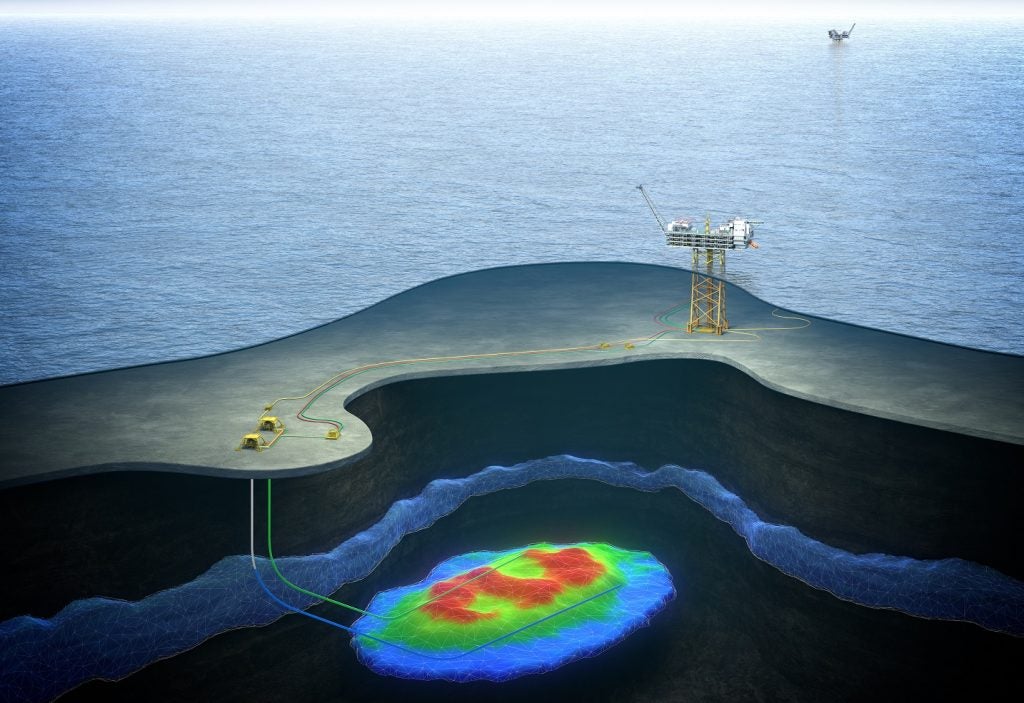The Netherlands is currently the largest natural gas producer in Europe. The sector has been historically dominated by the giant onshore Groningen gas field in the Northwest German Basin onshore and has been producing since 1963 with the remainder of resources predominantly in small fields, which lie either offshore in the shallow-water North Sea or onshore. The Groningen field production peaked in the late 1970s to early 1980s at over 880,000boed, 99% of which is natural gas with the remaining volumes being condensate. As a result of concerns over seismic risk in the region, production from the field has declined over the past decade as a result of output caps and it is due to be taken off-stream prematurely in 2022.
Crude oil and condensate production in the country peaked in 2003 at approximately 44,000 barrels per day (bpd) and 2020 saw the lowest supply from the country in over a decade due to the impacts of Covid-19. The Netherlands has begun to curb the production of crude oil in particular in response to the changing climate in Europe and efforts to cut carbon emissions.
GlobalData has estimated that the country has approximately 760,000boe of natural gas and 55.9 million barrels of crude oil and condensate remaining from producing, planned and announced fields, including expansions. The country currently has no planned greenfield projects. However, there are two fields without FID, A15-A and B10-FA, which are both currently in the FEED stage without FID. Should these fields come on stream, they could add as much as 8,800boed of natural gas to the country’s production.

Production and development outlook
In 2021, total production in the Netherlands is forecast to decline by approximately 6% as a result of the wind-down of the Groningen field and the ultimate cessation of production during 2022. Production from the country has been in decline continuously for the last decade primarily due to the steps taken by the Dutch Government to limit seismic activity caused by production activities around the Groningen field, which historically accounted for the majority of the country’s total production.
How well do you really know your competitors?
Access the most comprehensive Company Profiles on the market, powered by GlobalData. Save hours of research. Gain competitive edge.

Thank you!
Your download email will arrive shortly
Not ready to buy yet? Download a free sample
We are confident about the unique quality of our Company Profiles. However, we want you to make the most beneficial decision for your business, so we offer a free sample that you can download by submitting the below form
By GlobalDataThe Netherlands is forecast to see a slight increase in crude oil production in 2021 and 2022 as a result of the bounce back in demand post lockdown Europe and increasing production from the Schoonebeek field. However, post-2022, there are no new projects which would be able to stabilise the country’s crude oil production and the large Rembrandt-Vermeer development has been shelved by Wintershall Noordzee citing delays in obtaining an environmental permit. Without this development, the Netherlands has a declining outlook for oil production.
The outlook for natural gas production is also concerning as the country has no planned or announced fields, which would be able to replace the production volumes from Groningen once it is decommissioned. This will force the Netherlands along with many other European countries to rely more heavily upon gas volumes from outside of Europe and as we have seen during 2021, this has caused a significant rise in gas prices.
The majority of developments in the last decade in the Netherlands have been small, onshore and offshore fields with a maximum production of just a few thousand barrels of oil equivalent per day and are insufficient for supplying the country’s growing demand for gas.
Exploration
Exploration activity in the Netherlands has been slow with only five discoveries in the last five years, the most recent of which was in May 2021 with the N04-03 discovery well drilled by ONE-Dyas BV which encountered gas in the Turkoois field in shallow water, adding further resources to the company’s N05-A development.
It is likely that exploration will continue to be slow over the coming years as the country aims to wean itself off of fossil fuels and instead seeks to expand renewable capabilities with a high focus on geothermal energy. Licensing for geothermal is open in perpetuity and highly incentivized with no costs associated with the issuing of exploration licenses. Furthermore, the government is able to attach a payment to any geothermal production however seldom makes use of this in order to encourage more activity in the geothermal sector.




